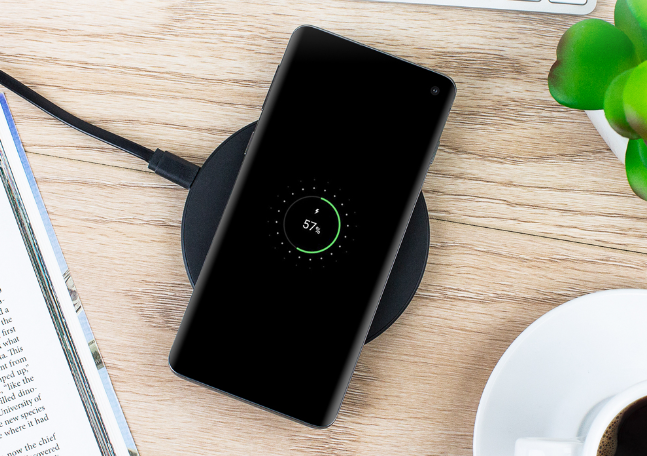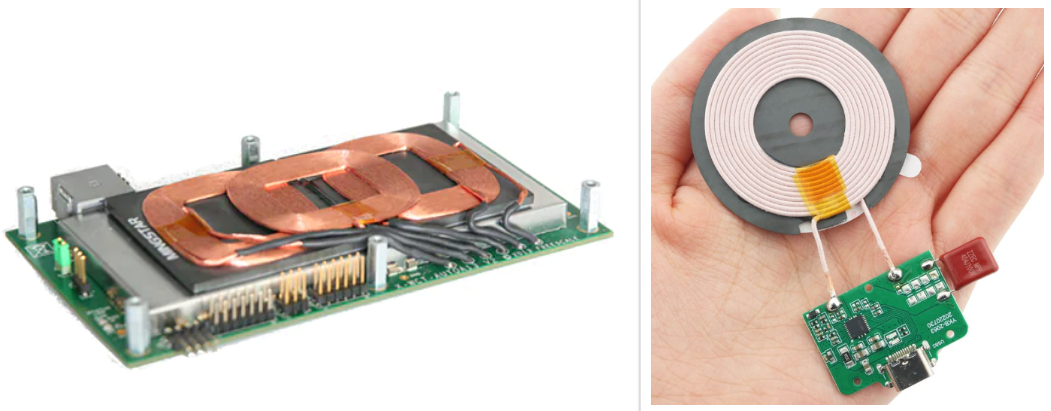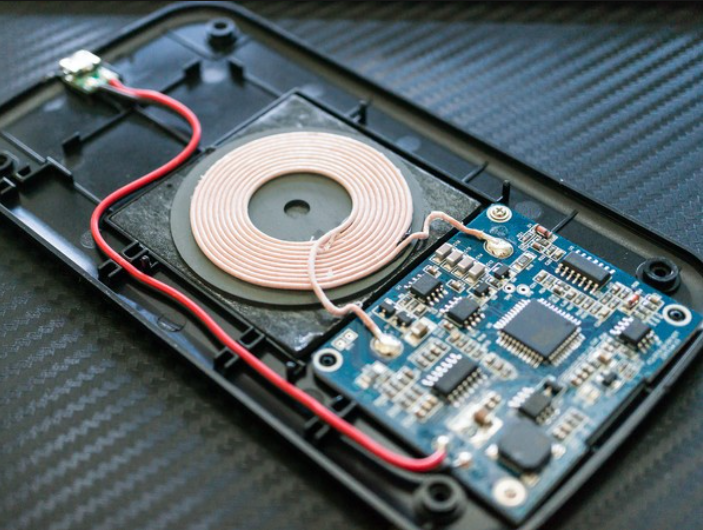S2E8: How does Wireless charging work?
Introduction
A month ago, I was on my way with a friend in a car and noticed that she had wireless charging capabilities for smartphones & devices through a charging pad. I was intrigued and wanted to learn how it works. Now I know and so do you!
Working Principle and Brainstorming
An obvious fact to start off with is that we need the current to charge the batteries in our phones.
And, if we go back and look at Faraday’s law, it states that a change in the magnetic field through a closed loop of wire induces an electromotive force (EMF) or voltage across the wire. Which in turn results in a current if we have a conductor. So we can get current by practically applying this law. But how do we get changing magnetic field to produce a current in the first place?
Figure 1: Wireless charging in action. Source: Mobile Fun
Here is where Ampere’s law comes into play. This states that a magnetic field is produced around a current-carrying conductor. The constant current produces a constant magnetic field but we’d like a varying magnetic field, so we use alternating current instead. Using these principles, wireless charging is made possible. Let’s look at how these are assembled in order.
How does Wireless charging work?
We have a charging pad that is connected to a power source through a cable. By simply placing your devices on this platform, wireless charging takes place without physically connecting your phone to a cable.
This charging platform has several coils and an alternating current is passed through it. From Ampere’s law, we know that this changing current produces a varying magnetic field around it. The more the number of coils, the stronger the magnetic field as each coil produces its own magnetic field.
Figure 2: Transmitter on charging pad with coils. Source: NXP Semiconductors
Now, the receiver (like a smartphone for example) placed on the charging pad picks up this changing magnetic field as it is nearby. It needs to have a compatible wireless charging receiver embedded within it. This receiver, usually located on the back of the device or beneath the battery cover, comprises another coil of wire.
Faraday’s law of electromagnetic induction shows that an alternating current is produced in these coils on the receiver due to changing magnetic field.
Figure 3: Magnetic field generated by charging pad coil going through the phone's coil and inducing current.
The alternating current induced in the receiver coil is converted to direct current (DC) using a rectifier and regulated to the appropriate voltage and current levels required for charging the device’s battery.
Figure 4: Receiver (phone) with coils. Source: APVM Electronics
Reverse Wireless Charging
It is a feature found in certain smartphones and other electronic devices that allows them to act as wireless chargers themselves. In reverse wireless charging, the device with this feature acts as a charging pad or power source. By placing another device on the back or near the designated charging area of the device, power can be transferred from the charging device to the receiving device without the need for physical connections or cables.
For example, you can use your phone to charge your AirPods. But this process is very slow with the current technology.
Figure 5: Charging your AirPods with a compatible Smartphone for reverse wireless charging
Conclusion
The regulated DC power is then supplied to the device’s battery for charging. The charging circuitry within the device manages the charging process to ensure optimal battery performance and safety.
The power transfer efficiency is generally lower compared to traditional wired charging, resulting in slightly slower charging times. The range between the charging pad and the device is also limited, requiring close proximity for effective power transfer.
Thank you for taking the time to read my blog post. If you liked what you read, consider subscribing to my newsletter for exclusive content and understand how a gadget works in only 3 minutes, sent directly to your inbox every Wednesday. We'd love to have you as a part of our community. Also, if you found this post to be informative or enjoyable, please share this with your friends on social media. Thank you!





